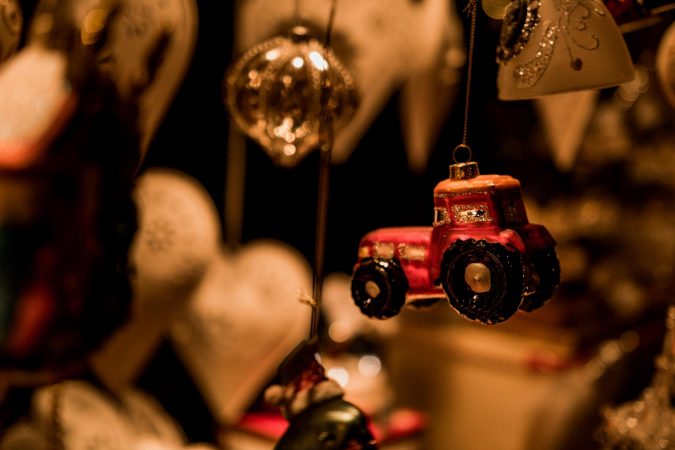The countdown has started: within a few days, many European families will be celebrating Christmas and New Year’s Eve, and although we are all too eager to say goodbye to 2020, the festivities in many countries will be very limited due to the virus still keeping its grip on our continent. That’s why, at Farmers of Europe, we thought it was time for some good old Christmas cheer! With this Christmas special we will count down together to, we hope, warm holiday celebrations, hoping for a better new year.
Christmas may have its roots in Christian tradition, but did you know that its origins can actually be traced much further back to the celebrations and rituals of ancient Europe? What’s more, these ancient rituals often have a strong link with agriculture…
The Romans, for example, celebrated Saturnalia: seven days of feasting, eating, drinking and… exchanging gifts in honour of Saturn, the god of agriculture and the sown grain. Our tradition of decorating our houses with evergreens probably also comes from the Romans. These plants were the symbol of a prosperous growing season in the fields and were abundantly used to adorn temples and houses. A for our habit of putting gifts under the tree, that can also be linked to this ancient agricultural folklore: the exchange of small gifts was a Roman end-of-year tradition and was supposed to ensure happiness and a good harvest in the new year.
The Germanic tribes and northern peoples celebrate the winter solstice or “Yule”. During Yule, people celebrated the anticipation of spring and the hope of abundant crops. The Celts also had a thing for evergreen plants: mistletoe, for example, was sacred and seen as a powerful reproductive medicine for both humans and animals. Fertility rituals used to be held under the mistletoe. Yes, you read that right. Not what we would call “family-friendly”, these days, is it?
Everywhere in Europe one can still find traces of these ancient rituals for a prosperous crop and harvest in the new year. For example, did you know that the Finns still decorate their nativity scene with the Christmas goat Joulupukki? Traditionally, the last sheaf of wheat from the harvest was used to make a goat, to bring good luck for the new year. Nowadays you still see goats made of straw or wood around the holidays in Finland.
In Norway, you need to watch out for the Julenisse, quite literally the Christmas (Yule) gnome, around this time of year. In folklore, a nisse is the soul of the first inhabitant of a farm. This entity loves animals and farm animals in particular, and will take good care of them for you. In exchange he only asks you to hang some food in the Christmas tree, put some on the mantelpiece, preferably in a sock, and put out a saucer of porridge for him on Christmas Day. Be careful, however, if you forget his offerings: this spirit is a trickster!
In Bulgaria, bread is baked for Bûdni Vecher, the traditional Christmas meal. These loaves are always round and decorated with the symbols of the family’s farming activities: a farm, a stable, mature grain fields, a plough, animals, a threshing floor, beehives and vineyards. Once again, these loaves are supposed to ensure a prosperous new year on the farm.
In some Romanian villages, the oldest member of a family throws wheat and corn grains at the feet of carolers. According to folklore there, chickens that are fed these grains will lay more eggs in the next year. Want to be sure of a good harvest? Then mix these Christmas grains with your seeds!
These are just a few examples of end-of-year traditions from different regions in Europe. Do you know of any holiday folklore from your country, region or village? Then be sure to let us know so we can tell the story of your region!

